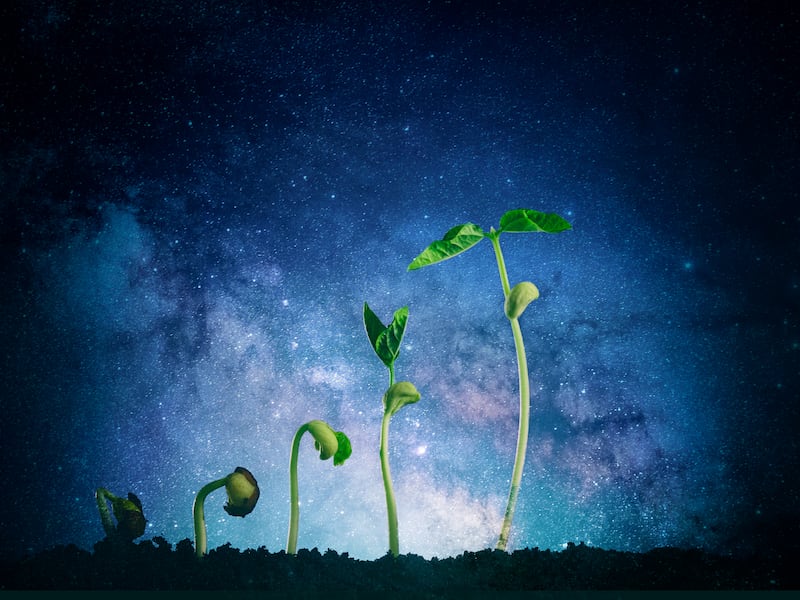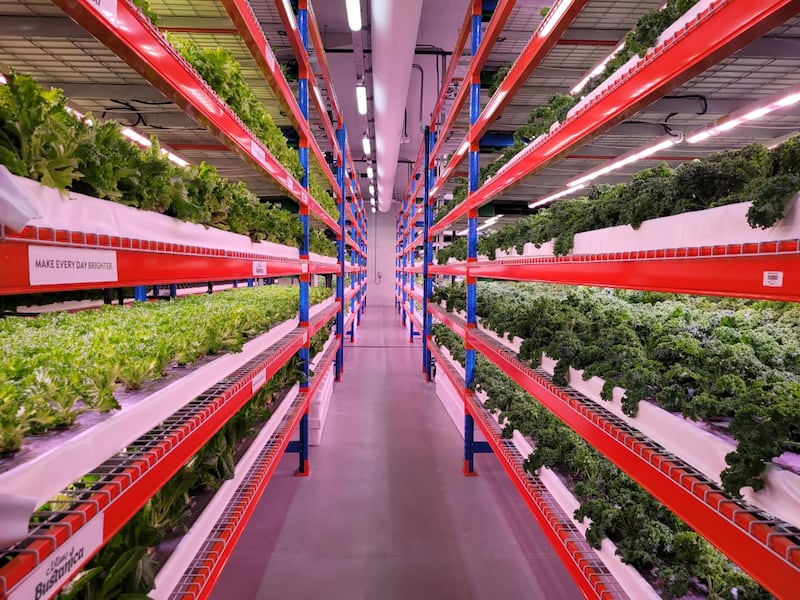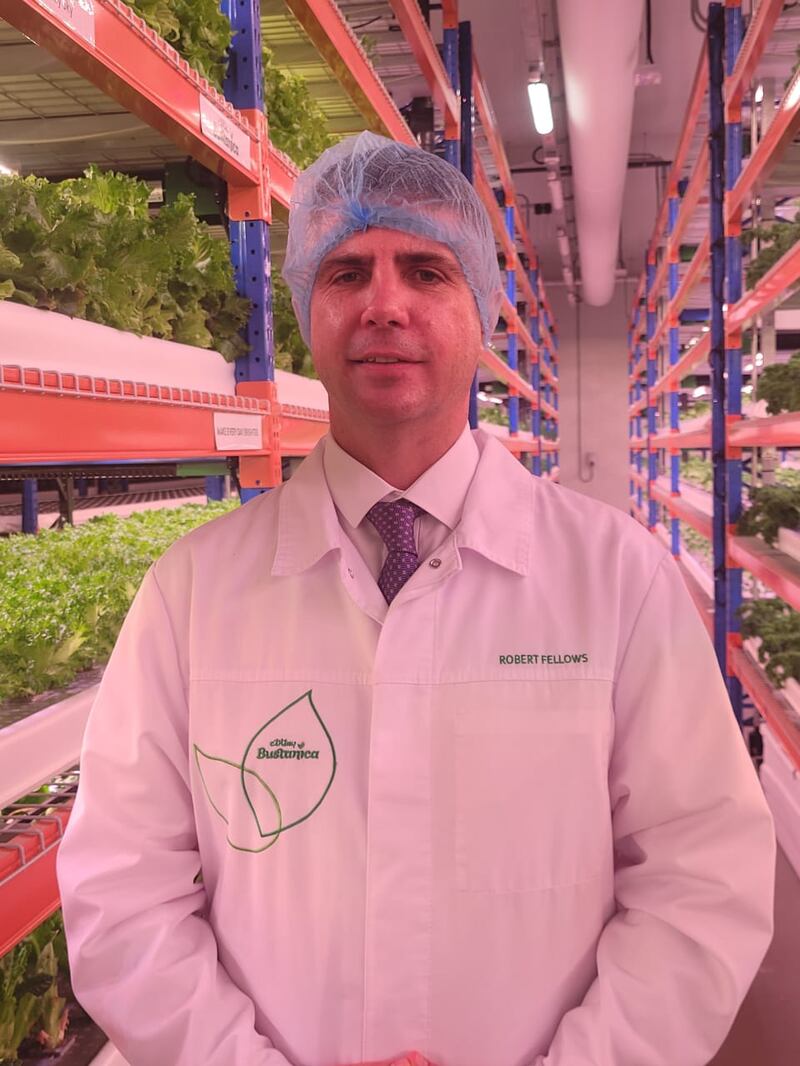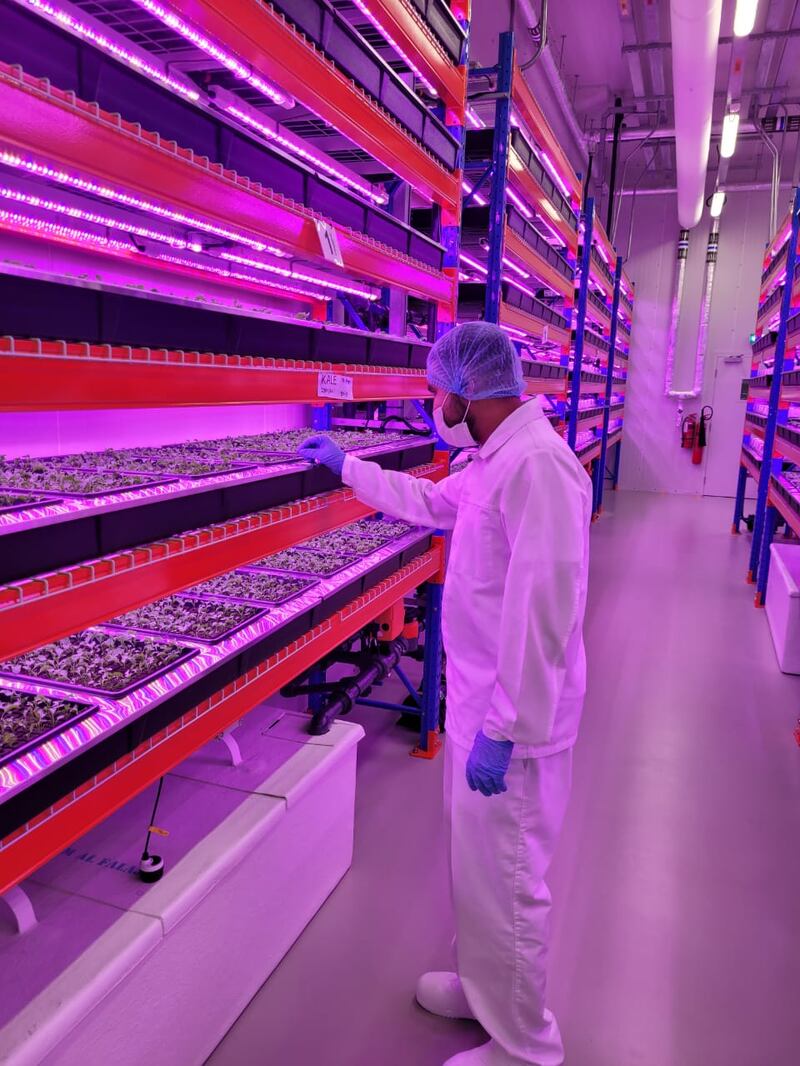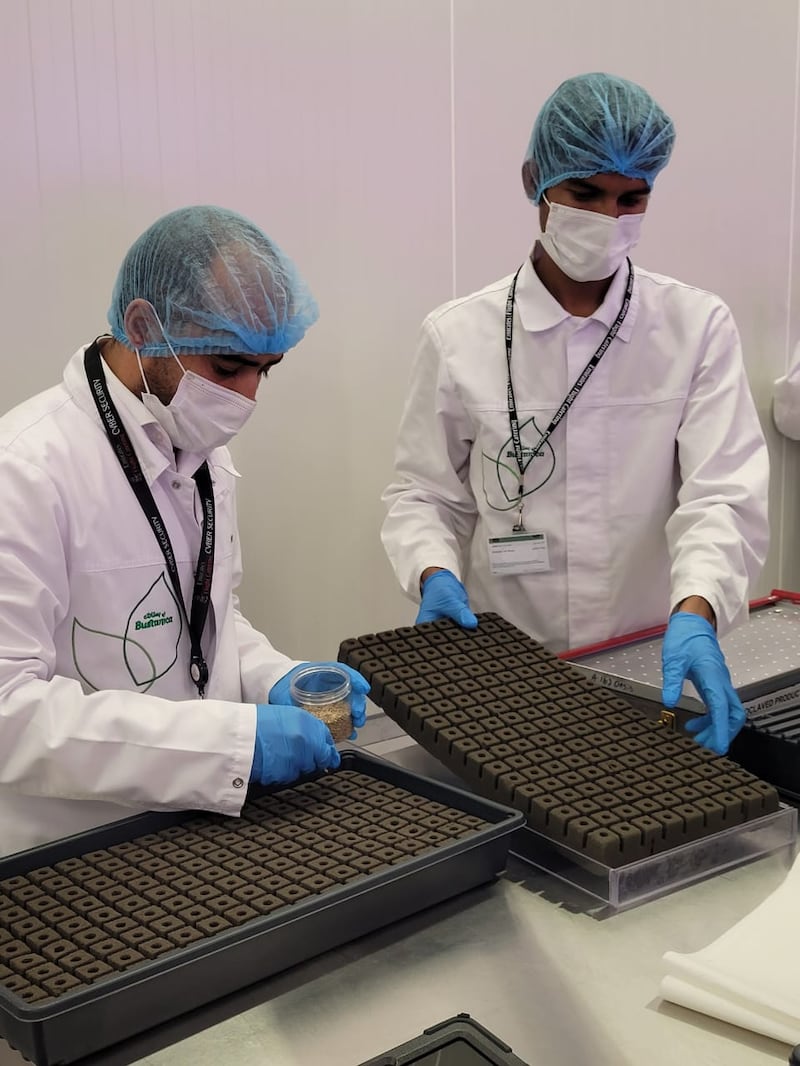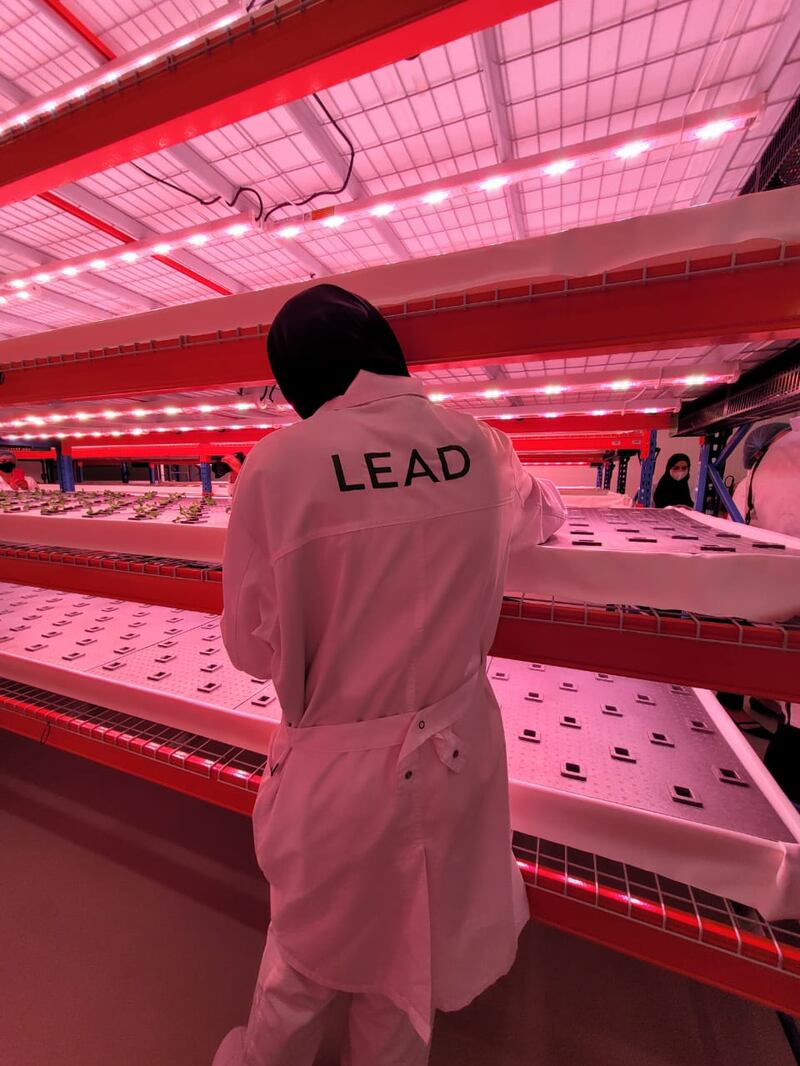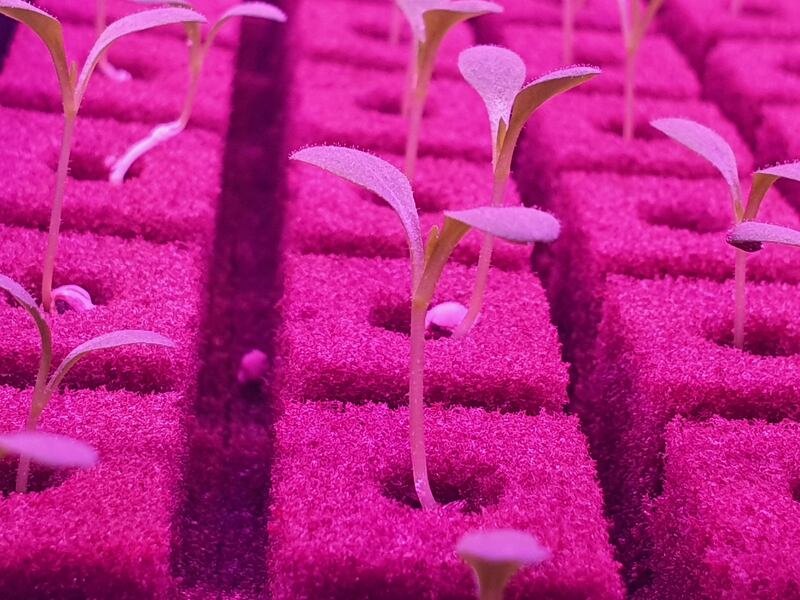It was about 10,000 years ago in the Fertile Crescent of ancient Mesopotamia that people began to domesticate plants, changing the course of history for ever.
Probably soon after the first cereals were domesticated, between the Tigris and Euphrates rivers in and around what is now Iraq, people started to select types that were more suitable as crops.
Given the region’s links to the earliest efforts at plant breeding, it is perhaps appropriate that a company in Abu Dhabi is taking this discipline into the space age.
To boldly grow
StarLab Oasis is planning to send seeds into space in the hope that conditions there could throw up new mutations that could improve agriculture here on Earth.
From developing crops that are resistant to climate change to helping them cope with salinity, the work could be of particular importance to agriculture in the Gulf region.
Seeds could be kept in space for months at a time and then germinated, with the resulting plants assessed for potentially useful novel traits.
StarLab Oasis also says that its ambitious programme could highlight the best ways to grow crops in space, which may prove important as humankind considers missions where people stay away from Earth for longer periods.
The company is poised to benefit from the growth of the commercial space sector and the planned creation of additional space stations where research could be carried out.

“Because of the drop in launch costs, it’s become cost-effective to look at off-Earth breeding,” said Ben Greaves, a researcher at StarLab Oasis, which was founded in 2021 by a US company, Nanoracks.
“Through mutation breeding … we’re able to introduce new traits we don’t have on Earth.”
Evolution of agriculture
While genetic engineering has allowed researchers to, for example, insert fish genes into the genetic material of tomatoes, Mr Greaves said it was still important for new mutations to be created so that these could be incorporated into crops through conventional breeding.
On Earth, people have created mutations by exposing plants to, for example, chemicals, extreme temperatures and rays of charged particles called ion beams.
Mutations could be induced in space in a wide range of plants, including grains such as rice, wheat and barley, and fruit or tuber crops, such as cassava.
Ecologically important plants like mangroves could also be included, as could fungi, such as mushrooms, and bacteria.
“How can this improve food security on Earth?” Mr Greaves said. “How can we use this as an opportunity to look at underinvested crops as well? There’s no shortage of crops that could help in fighting against climate change.
“It allows us to be more prepared for a future that’s hotter, drier and saltier.”
Among the other crops that could be mutated in space is coffee, new forms of which may be needed to cope with climate change.
Scientists have found that with Arabica coffee, yields are best at high altitudes in tropical areas where annual average temperatures are between 18°C and 23°C.
If temperatures increase or rainfall decreases because of climate change, yields may fall, putting a premium on coffee varieties that grow well in conditions that are warmer or drier.
Growing crops in space may highlight issues that would become important if people were to attempt to produce food in space.
“A lot of this is understanding how do these crops grow in space in microgravity,” Mr Greaves. “What if we find wheat crops end up growing twice as tall or three times as tall?”
Ensuring seeds survive the trek to space
Allen Herbert, co-founder and general manager of StarLab Oasis, said the work could provide insights into taking seeds much further away than space stations, which exist in low Earth orbit. The International Space Station, for example, is just over 400km from Earth.
“As we get out into space, to Mars and other places, we have to make sure some of these seeds can survive the trip,” he said.
He said Nasa and other space organisations were interested in how seeds could best be packaged to help them survive the rigours of space.
StarLab Oasis is keen to investigate how, for example, seeds could be packaged so that radiation did not affect them.
The company aims to send seeds into space this year through partnerships with research institutions, universities or private sector companies.
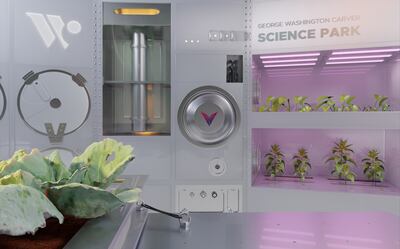
Initially, seeds could be sent to the International Space Station, which may host the George Washington Carver Science Park created by a sister company, Starlab.
Starlab, whose partners also include Airbus and Voyager Space, ultimately aims to create its own space stations in the late 2020s at different orbits, meaning that plant, fungal or other materials could be exposed to different levels of radiation.
“StarLab Oasis will be coordinating all of the agricultural technology and plant science research,” Mr Greaves said. “There will be multiple Starlabs with different purposes.”
While StarLab Oasis has huge agricultural ambitions that stretch far beyond planet Earth, Mr Herbert said the company was firmly rooted in the Emirates.
“This is not a company that was transplanted from the US to the UAE. It was grown in the UAE, developed in the UAE” he said.
“We live in a harsh environment and these technologies and techniques … have real-world applications where we live.”
This high-tech work is a far cry from growing crops in the Fertile Crescent millennia ago, but it may be just as important in ensuring people have enough food into the future.
